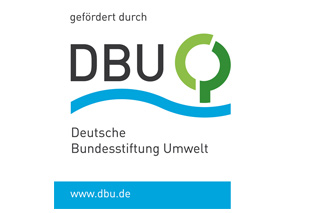Optimizing nature conservation benefits and recreation value in large protected areas for supporting decision-making in protected areas
Motivation:
National parks make important contributions to the protection of biodiversity and are simultaneously attractive destinations for nature-based tourism. Both objectives form the main tasks of a national park according to the definitions set by the International Union for Conservation of Nature (IUCN). However, in some cases the protection goals and the pressure of tourism in protected areas are difficult reconcile. It is therefore a major challenge for protected area management to manage visitor traffic and other human disturbances so that both objectives can be achieved without significantly affecting the other. Although there is research, also ongoing, that deals with the effects of disturbances on wildlife, the decisions taken by protected area administrations on prospective development projects are often informed by “gut feeling” as there are no concrete instructions for action.
Project goals::
Deshalb soll in diesem Projekt im ersten Schritt untersucht werden, welche Veränderungen menschliche Störungen durch Tourismus, Wildtierregulierung und Waldmanagement beim Verhalten von Wildtieren zur Folge haben. Dabei werden verschiedene Tierarten einbezogen, vom vermeintlich störungsunempfindlichen Reh bis zum sehr sensibel reagierenden Auerhuhn. Als Projektergebnis wird ein Toolkit erarbeitet, dass die Manager von Schutzgebieten bei der Optimierung ihrer Erholungsplanung und des Parkmanagements unterstützt. Das sind konkret Informationen zu Belastungsobergrenzen für anthropogene Störungen und die Planung von Ruhezonen in Raum und Zeit, aber auch Werkzeuge zur Optimierung der Besucherlenkung.
Study design:
The analyses will be based on a unique data set from the Bavarian Forest National Park and the Swiss National Park, which includes information on the occurrence, movement and activity behaviour of wild animals, as well as national park visitors and staff. The inclusion of these two protected areas allows conclusions to be made for protected areas in alpine regions and wooded low mountain regions. By applying modern methods from movement ecology and statistical modelling, potential threshold values from the respective disturbance sources will be derived and an understanding of the underlying processes will be developed. Based on these results, targeted surveys will be carried out in the field to collect data on the influence of visitor flows on the abundance and stress load of wild animals. Finally, using mathematical optimisation procedures from management science and operations research, an attempt will be made to harmonise the various goals and to test them on real planning case studies.
Funding:
- Promotion by German Federal Environmental Foundation (DBU)
Contact person:
Prof. Dr. Marco Heurich
Head of department
Marco.Heurich@npv-bw.bayern.de
Kooperationspartner:
- Prof. Dr. Carsten Dormann, Abteilung für Biometrie und Umweltsystemanalyse Universität Freiburg https://www.biom.uni-freiburg.de/
- Dr. Simone Ciuti, Universität College Dublin, Irland
https://www.ucd.ie/research/people/biologyenvscience/drsimoneciuti/



